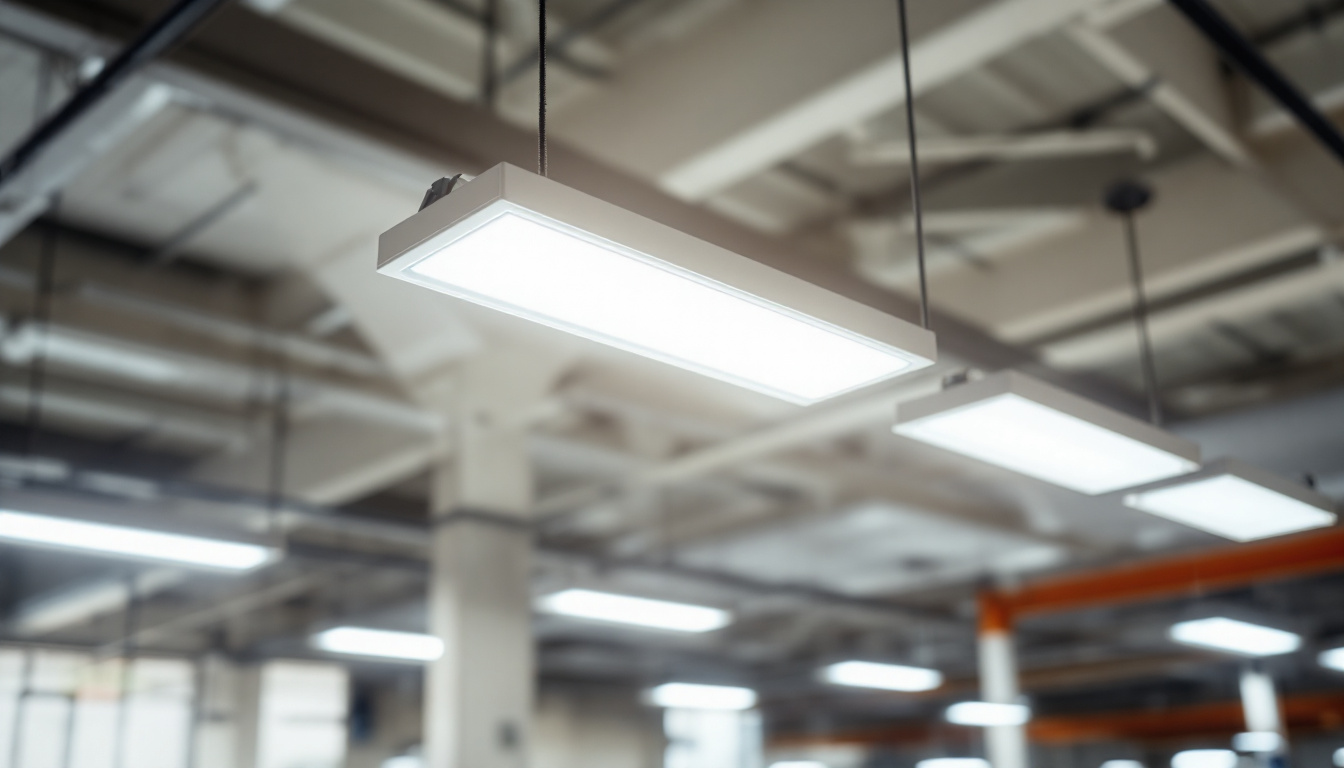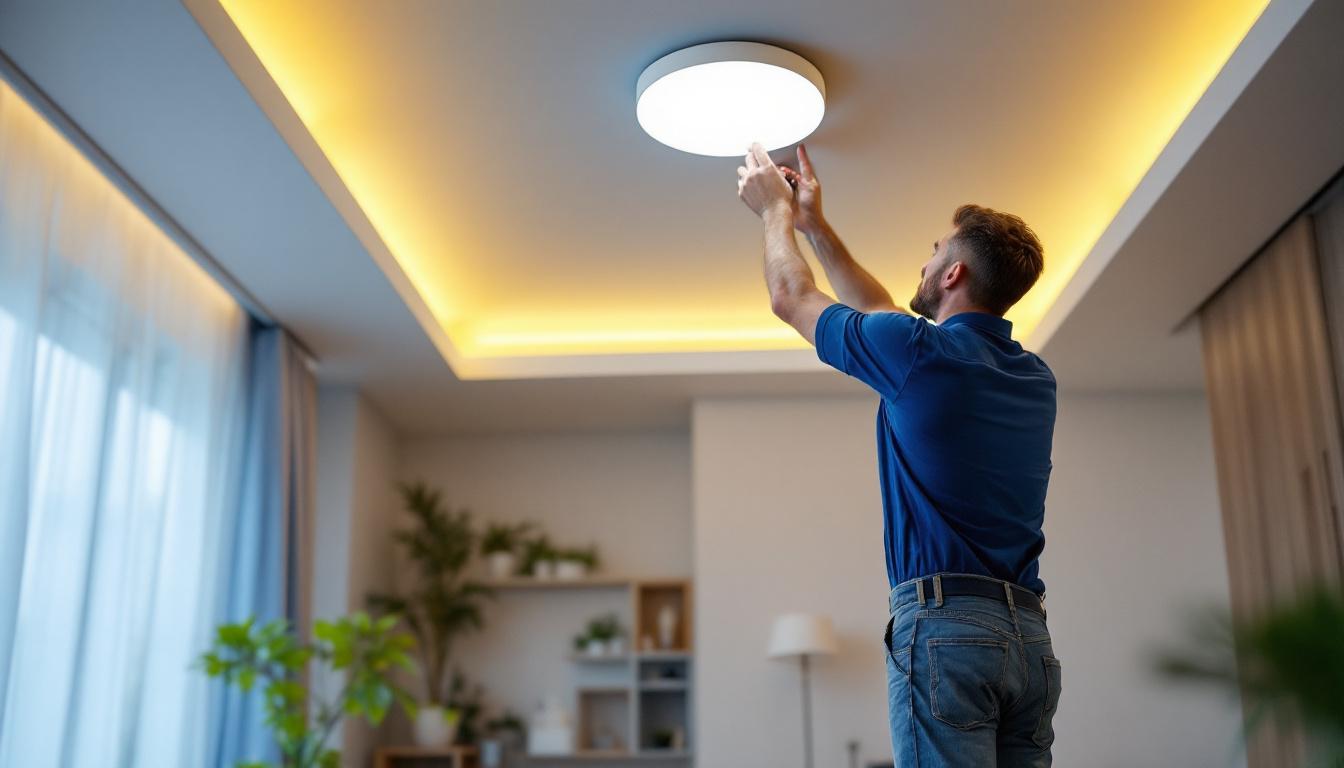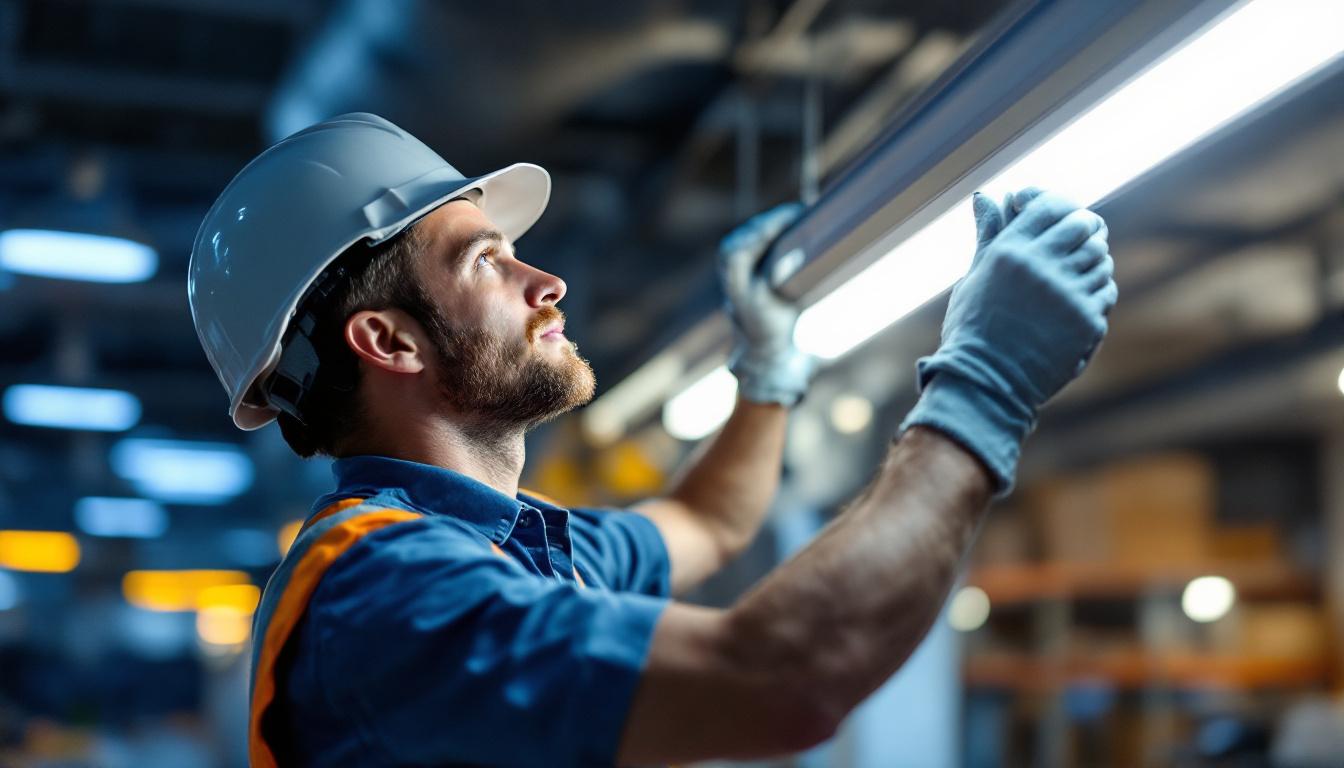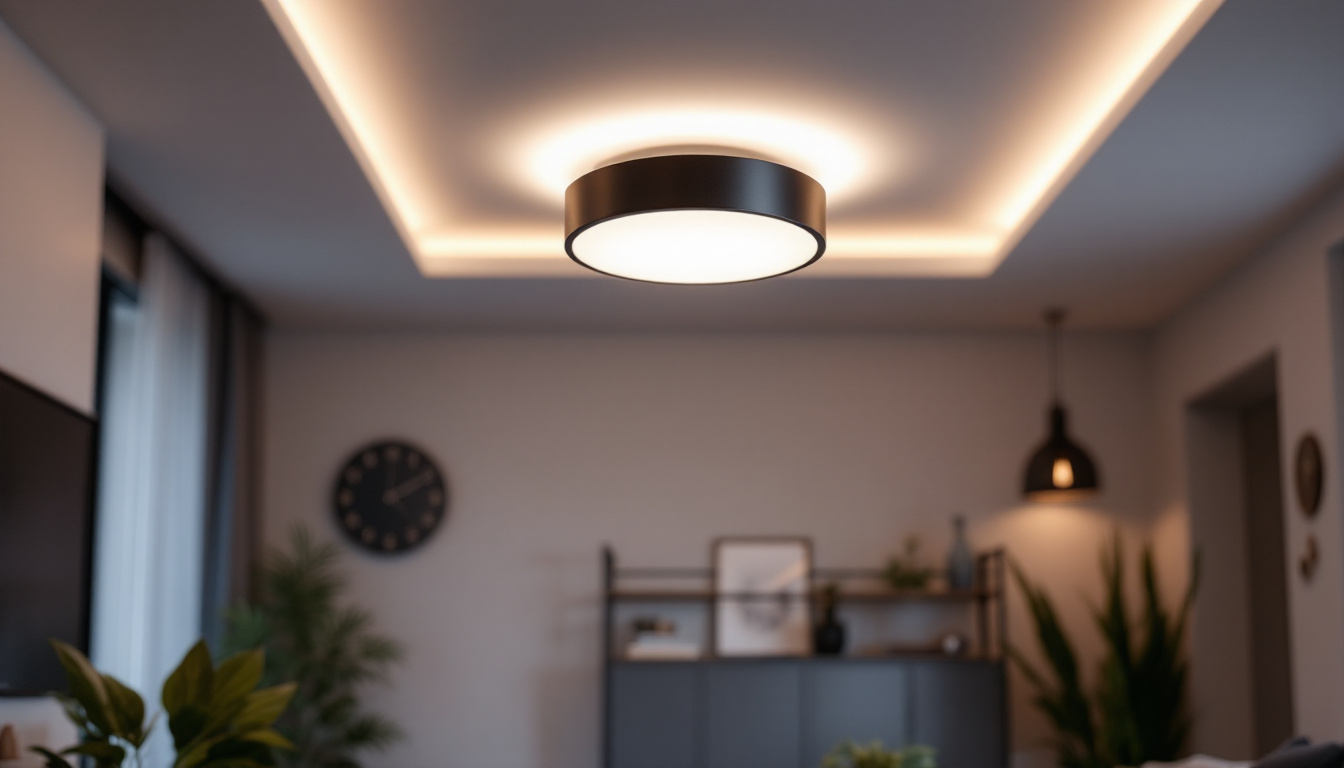
In recent years, the lighting industry has undergone a significant transformation, driven by advancements in technology and a growing emphasis on energy efficiency. Among the most notable developments is the rise of low bay LED lighting, which has become a popular choice for various commercial and industrial applications. This article explores the evolution of low bay LED lighting, its advantages, and its impact on the lighting industry.
Low bay lighting is designed to illuminate spaces with ceilings that are typically between 8 to 12 feet high. These fixtures are commonly used in warehouses, retail stores, gymnasiums, and manufacturing facilities. The primary goal of low bay lighting is to provide adequate illumination for tasks while ensuring energy efficiency and minimizing maintenance costs. Properly designed low bay lighting can significantly enhance the functionality of a space, ensuring that employees and customers can navigate safely and effectively.
Moreover, the choice of low bay lighting can also impact the overall ambiance of a space. For example, in retail environments, warm-toned low bay lights can create a welcoming atmosphere that encourages customers to linger, while cooler tones may be more suitable for industrial settings where clarity and concentration are paramount. Understanding the specific needs of the environment is crucial for selecting the right low bay lighting solution.
Low bay lighting fixtures come in various forms, including fluorescent, metal halide, and LED options. Each type has its own set of advantages and disadvantages. Fluorescent fixtures, for example, are known for their affordability and decent energy efficiency, but they often have a shorter lifespan and require more frequent replacements. Additionally, fluorescent lights can sometimes flicker or take time to warm up, which may be a drawback in fast-paced environments.
Metal halide fixtures, on the other hand, offer excellent color rendering and high lumen output but are less energy-efficient and take longer to warm up. This is where LED technology shines, providing an ideal solution that combines energy efficiency, longevity, and superior lighting quality. The versatility of LED fixtures allows for various designs, including high-bay and low-bay configurations, which can be tailored to fit specific lighting needs and aesthetic preferences.
LED technology has revolutionized the lighting industry by offering a more sustainable and efficient alternative to traditional lighting sources. Low bay LED fixtures utilize solid-state lighting technology, which converts electricity directly into light. This process results in less energy waste and lower heat generation, making LED fixtures more efficient than their fluorescent and metal halide counterparts. Additionally, the directional nature of LED lighting allows for better control over light distribution, reducing the need for excessive fixtures and further enhancing energy savings.
Furthermore, LED fixtures have a significantly longer lifespan, often lasting up to 50,000 hours or more. This longevity not only reduces the frequency of replacements but also minimizes maintenance costs, making them an attractive option for contractors and facility managers alike. Many LED low bay fixtures also come with advanced features such as dimming capabilities and smart technology integration, allowing users to customize lighting levels based on specific tasks or occupancy. This adaptability not only contributes to energy savings but also enhances the overall user experience in various settings, from bustling warehouses to serene gymnasiums.
Low bay LED lighting offers a range of benefits that make it an appealing choice for various applications. From energy savings to improved lighting quality, these fixtures are transforming how spaces are illuminated.
One of the most significant advantages of low bay LED lighting is its energy efficiency. Compared to traditional lighting sources, LED fixtures consume significantly less power while providing the same, if not better, illumination levels. This reduction in energy consumption translates to substantial cost savings on electricity bills over time.
Additionally, many regions offer incentives and rebates for businesses that switch to energy-efficient lighting solutions, further enhancing the financial benefits of adopting low bay LED technology. These incentives can make the initial investment in LED lighting more manageable, allowing businesses to recoup their costs more quickly and reinvest those savings into other areas of their operations.
Low bay LED fixtures provide superior lighting quality, characterized by bright, clear light that enhances visibility and safety in work environments. The color rendering index (CRI) of LED lights is typically higher than that of traditional lighting sources, meaning colors appear more vibrant and true to life.
This improved lighting quality is particularly beneficial in settings such as retail spaces, where accurate color representation can influence purchasing decisions, and manufacturing facilities, where precise visual inspections are crucial. Moreover, the ability to adjust the color temperature of LED lights allows businesses to create the ideal atmosphere for their specific needs, whether it’s a warm, inviting glow for customer-facing areas or a cooler, more focused light for workstations.
The environmental benefits of low bay LED lighting cannot be overstated. By consuming less energy, these fixtures contribute to a reduction in greenhouse gas emissions associated with electricity generation. Furthermore, LED lights do not contain hazardous materials such as mercury, which is commonly found in fluorescent bulbs, making them a safer choice for both the environment and human health.
As sustainability becomes a top priority for businesses and consumers alike, the adoption of low bay LED lighting aligns with broader efforts to reduce environmental footprints and promote eco-friendly practices. Additionally, the long lifespan of LED fixtures—often exceeding 25,000 hours—means fewer replacements are needed, which reduces waste and the resources required for manufacturing new bulbs. This longevity not only benefits the environment but also enhances operational efficiency by minimizing maintenance and replacement costs for businesses.
Low bay LED lighting is versatile and can be effectively utilized in a variety of settings. Understanding the specific needs of different environments can help contractors make informed decisions when selecting lighting solutions.
In warehouses and industrial facilities, low bay LED lighting is essential for ensuring safety and efficiency. These spaces often require bright, uniform lighting to facilitate the movement of goods and the operation of machinery. LED fixtures provide the necessary illumination while reducing energy costs and maintenance requirements.
Additionally, the durability of LED fixtures makes them suitable for harsh industrial environments where traditional lighting may fail more frequently. Their resistance to shock and vibration ensures consistent performance, even in demanding conditions.
In retail environments, lighting plays a crucial role in creating an inviting atmosphere and enhancing product visibility. Low bay LED fixtures can be strategically placed to highlight merchandise and create a pleasant shopping experience. The ability to adjust color temperatures allows retailers to tailor the lighting to match their brand identity and promote specific products.
Moreover, the energy savings associated with LED lighting can significantly impact a retailer’s bottom line, allowing them to allocate resources to other areas of the business.
Gymnasiums and recreational facilities require bright, even lighting to ensure safety and visibility during physical activities. Low bay LED lighting provides the necessary illumination while minimizing glare and shadows, creating a comfortable environment for athletes and participants.
Additionally, the energy efficiency of LED fixtures is particularly beneficial in facilities that operate for extended hours, as it reduces operational costs and supports sustainability initiatives.
The evolution of low bay LED lighting is far from over. As technology continues to advance, new innovations are emerging that promise to enhance the performance and versatility of these fixtures.
One of the most exciting developments in the lighting industry is the integration of smart technology into low bay LED fixtures. Smart lighting systems allow for remote control, scheduling, and automation, enabling users to optimize energy usage and enhance convenience.
For example, motion sensors can be incorporated into low bay LED fixtures to automatically adjust lighting levels based on occupancy, further reducing energy consumption and extending the lifespan of the fixtures.
As the demand for aesthetically pleasing lighting solutions grows, manufacturers are focusing on the design of low bay LED fixtures. Sleeker, more modern designs are being developed to complement various architectural styles, making it easier for contractors to integrate these fixtures into diverse environments.
Additionally, advancements in optical technology are allowing for better light distribution and reduced glare, enhancing the overall user experience.
As businesses and consumers increasingly prioritize sustainability, the demand for energy-efficient lighting solutions like low bay LEDs is expected to rise. Manufacturers will continue to innovate and develop products that not only meet energy efficiency standards but also contribute to a circular economy.
From recyclable materials to energy-efficient manufacturing processes, the future of low bay LED lighting will likely reflect a commitment to environmental stewardship and sustainability.
The evolution of low bay LED lighting represents a significant advancement in the lighting industry, offering numerous benefits that appeal to contractors and facility managers alike. From energy efficiency and cost savings to enhanced lighting quality and environmental impact, low bay LED fixtures are transforming how spaces are illuminated.
As technology continues to evolve, the future of low bay LED lighting looks promising, with innovations in smart technology, design, and sustainability paving the way for even greater advancements. For contractors, embracing these changes and incorporating low bay LED lighting into their projects will not only enhance the quality of their work but also contribute to a more sustainable future.
Ready to harness the benefits of low bay LED lighting for your next project? Look no further than LumenWholesale, where we provide contractors with the highest quality, spec-grade lighting products at unparalleled wholesale prices. Our commitment to cutting out the middleman means you get the most cost-effective solutions for energy-efficient, high-performance lighting. With our extensive selection that meets rigorous industry standards and the convenience of free shipping on bulk orders, you can trust LumenWholesale to light up your projects with excellence. Don’t settle for less; choose the perfect combination of quality, affordability, and convenience. Wholesale Lighting at the Best Value is just a click away.

Discover innovative strategies and clever hacks for smart lighting contractors to enhance parking lot lamp posts.

Discover how to remodel recessed lighting with LED in just 5 minutes—boost energy efficiency, save costs, and enhance your projects.

Discover why T8 lamp fixtures are a crucial choice for lighting contractors.

Discover why flush mount ceiling lighting is becoming a focal point for lighting contractors.